Three-fold Rogi Pareeksha — Ayurvedic Diagnosis
March 23rd, 2007 | admin
Trividha pareeksha or three fold diagnosis gives the Ayurvedic practitioner an overall view of the specific conditions of the person and the disease. Darshan (observation), sparshan (touching) and prashna (interrogation) are the three steps of rogi pareeksha that an Ayurvedic practitioner performs to reach an anuman (inference).
Darshan or direct observation diagnosis is the first of the three fold rogi pareeksha methods. The general physique type, movements, etc are observed.
Sparshan or touching method of Ayurvedic diagnosis gives more information about the physical type of the person. Ayurveda puts great importance to individual, personalized diagnosis to prescribe a treatment that is completely right for the person.
Sparshana, touching or palpation method of diagnosis is the first in trividh pariksha (three-fold diagnosis), in which the practitioner examines the person by touching. There can be factors that may not be clear by direct observation, which is made clear by palpation method of diagnosis. The physician calculates the pulse, body temperature, texture and type of skin, eye-balls, etc.
The type of skin gives an indication of the body (dosha type) of the person. Vata type persons have thin, dry, cold, wrinkled skin. Pitta types have moist, soft, firm, warm skin. Pitta dominant types have thick, smooth, moist, soft skin.
The last method is prashna or interrogation. The physician asks in detail about the background of the disease, his/her lifestyle, eating habits, change in any activities lately, etc to identify the reasons for the disease and possible cures for the exact condition.




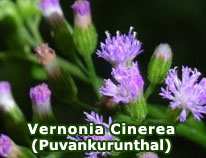
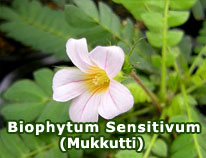
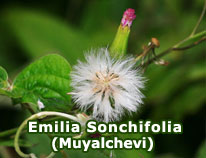
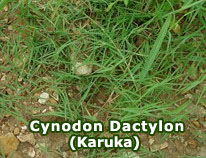

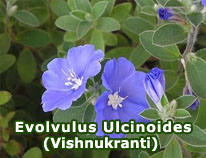
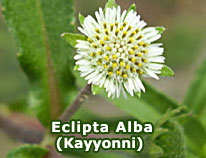

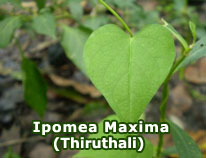

 Loading ...
Loading ...





